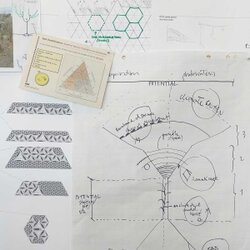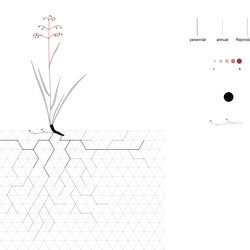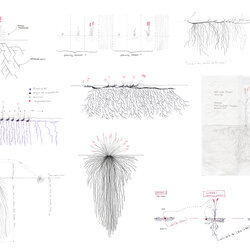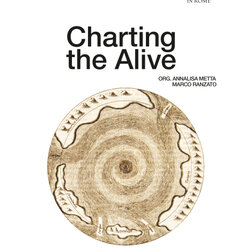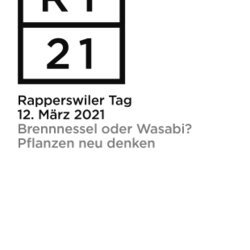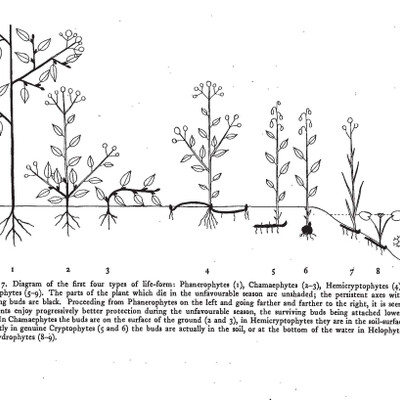
Plant Life Forms. C, Raunkiaer, 1937
The Raunkiaer classification of plant life forms were first published by Danish botanist Christen Raunkiear in 1904. The system groups perennial plants by the location of their organ of resistance, or perennating bud, relative to the surface of the ground. When plants enter a dormant state in response to stress, the bud is the location where the energy for future growth is stored. Depending on the climate, plants are subject to various stresses that limit their growth. The most common stressors are drought and low temperatures, and perennial plants respond to these by going dormant. Depending on the plant and climate, this could mean losing organs such as leaves in autumn or in the hottest part of summer.
Raunkiaer proposed nine different life forms classified by the location of the bud. Phanerophytes (1) include most trees and shrubs, and the bud must be at least 50cm above the ground. Chamaephytes (2 & 3) have their organs of resistance close to the soil surface (a maximum of 25cm above the ground but not right at the surface). These plants are often small woody shrubs that stay close to the ground or have a prostrate habit. These plants are often found in extreme conditions at high elevations or in windy areas. Hemicryptophytes (4) have the bud located at or near the ground surface, and this category includes many common perennial herbs of temperate regions. Geophytes (5 & 6) – also called Cryptophytes – have their buds located beneath the soil surface. This category includes common bulbs such as tulips and crocuses. The energy for their early spring growth is stored over-winter in an enlarged below-ground bud called a bulb or corm. Helophytes (7) occur in occasionally wet environments like marshes, and the bud rests in wet soil. Lastly, Hydrophytes (8 & 9) are buds that are submerged under water.

